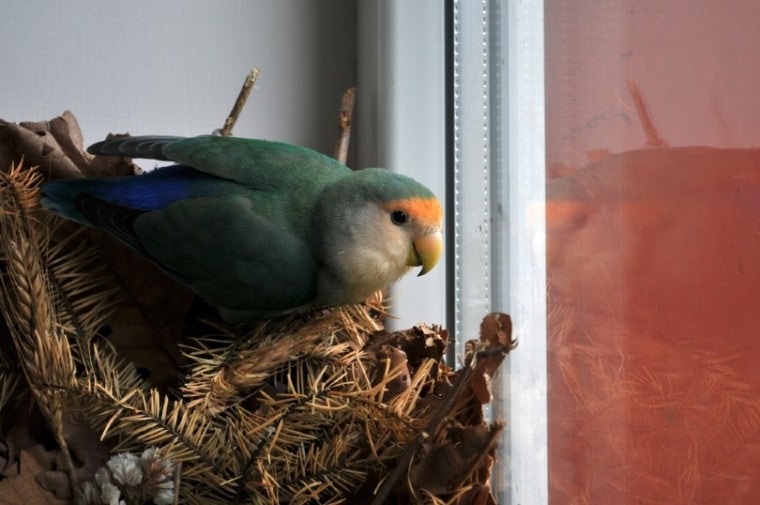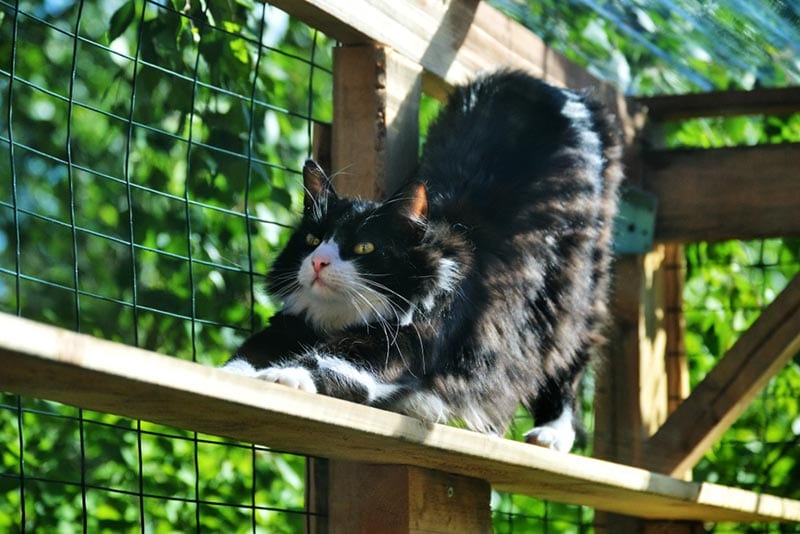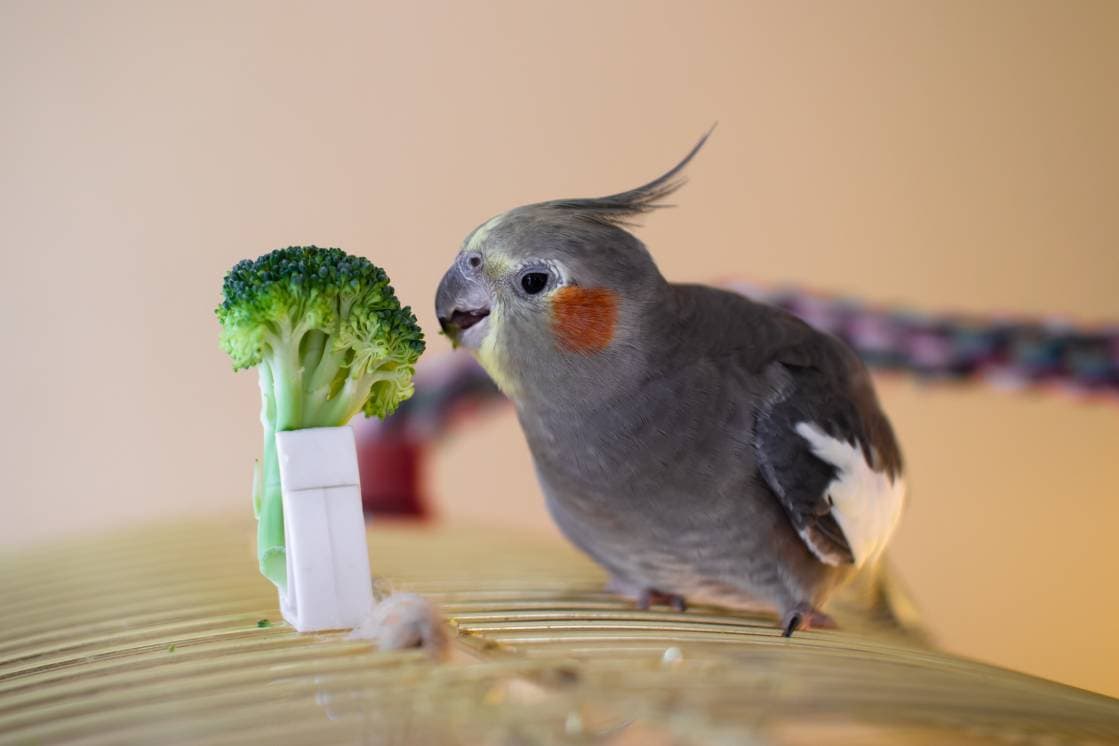
Did you know that cats kill approximately 2.4 billion birds1 yearly in the United States alone? It’s true. Cats have contributed to the extinction of over 60 different species of birds, mammals, and reptiles. While we sure love our feline friends, there is no denying the harsh impact they can have on the environment.
Whether you have outdoor cats yourself or a plethora of roaming neighborhood cats in your area, it is not a bad idea to consider taking steps to protect your backyard birds from the quick claws and jaws of these carnivores, yet adorable, predators.
Keep reading to find tips on protecting bird nests from cats.
The 8 Ways to Protect Bird Nests From Cats:
1. Keep Your Cat Indoors
If your kitty becomes a predator for the neighborhood birds, keeping it indoors is a fantastic foolproof way to keep your backyard visitors safe.
If your cat absolutely must go out, only allow them to be outdoors when you can supervise them. You should also consider keeping them indoors at least an hour before sunset and an hour after sunrise, as birds tend to be the most active at these times.
If your cat prefers to be an outdoor cat, try to keep it indoors during the breeding season, at least. This is typically during the spring, though it can be earlier or later, depending on the bird species in your yard.
Another option is to invest in a completely enclosed cat patio (or catio) to give your kitty the benefits of spending time in the fresh air without endangering the wildlife in your yard.

2. Consider Where You’re Placing Nesting Boxes
Cats and other backyard predators like raccoons will learn very fast that your birdhouses and nesting boxes are reliable food sources. This means that you’ll need to make accessing the nest as hard as possible to prevent these predators from gaining access.
The higher you can get them off the ground, the better. Keep them at least eight feet off the ground and, ideally, 10 to 12 feet away from shrubs to minimize the likelihood that your cat can reach them.
Keep the birdhouse and nesting boxes as far away from any of the big trees in your yard as you can. Cats are professional tree climbers and great jumpers, so they won’t hesitate to leap from tree to nesting box. Also, remove any nearby branches that could be stepping stones for cats to access the house.
Inspect your brush piles and shrubbery during the nesting season to see if ground nests or fledgling birds are present.
3. Consider the Birdhouse Design
When shopping for a new birdhouse, or looking at DIYing your own, consider how cat-proof the design is.
Steep roofs can help deter cats.
Don’t choose a birdhouse with perches. Birds don’t need them to enter the house, and they only really act as a perfect handhold for predators.
The birdhouse opening should be the perfect size for the bird species you’re hoping to attract. If it’s too big, predators can easily access the nest.
The colors of the birdhouse matter, too. Choose natural colors that will help it blend in better with its surroundings. Browns and dark greens are the best options and will be the most attractive to birds. You might even consider decorating the birdhouse with natural materials to help conceal it better.

4. Use Repellents & Deterrents
Using a cat repellent near the bird’s nest is another great option for deterring your kitty. You can probably create a DIY repellent with things you already have in your kitchen.
Citrus peels, black pepper, garlic, and citronella oil can repel cats. Scatter them around the bird’s nest, but remember that they’ll need to be reapplied often to stay effective.
A motion-activated sprinkler can keep cats away, but it may lead to overwatering if it isn’t placed strategically.
An ultrasonic cat deterrent could be useful to keep away stray and neighborhood cats. They are triggered by motion sensors and emit ultrasonic alarms that startle the would-be predators and send them running.
5. Choose Landscape Wisely
If neighborhood cats are a problem, you might consider re-landscaping your yard. Choose plants that naturally repel cats, such as thorny bushes or those with strong scents. Sharp mulches are another great tool you should have at your disposal.

6. Use Deterrents on Your Trees
If your cat is gaining access to the bird nests by climbing your trees, you might consider one of two tree-protecting options—a baffle or scat mats.
7. Tree Baffles
A baffle is a sheet of metal or plastic that fits snugly around tree trunks. Its slippery surface acts as a barrier to prevent cats and other critters (e.g., squirrels) from climbing up. You can buy baffles at the store, but DIYing one is super simple and fast.
You can also find cone-shaped baffles. These are shaped like e-collars and are adjustable to fit the circumference of your tree. They’re super easy to install and will also deter raccoons and squirrels.
8. Scat Mats
A scat mat is a sheet of plastic spikes that can be placed anywhere in your home or yard where you don’t want your cat to be. Though they’re not made specifically for trees, the mats are flexible enough that they can be bent and connected together until it is wide enough to wrap around your tree.
Final Thoughts
While it might take some time and effort to cat-proof your birdhouses and nesting boxes, the end result will be worth it. Birds will look to your yard as a safe sanctuary and will keep coming back season after season, and you won’t need to worry about your kitty contributing to the cat-bird predation problem.
Featured Image Credit: goja1, Shutterstock







